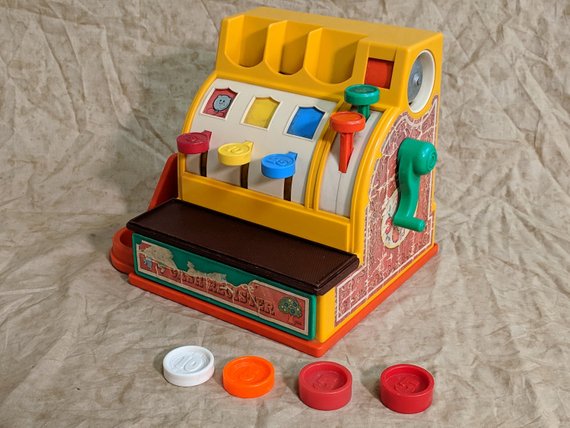Do you wish you had started saving earlier in life?
Maybe you weren’t super responsible with money when you were young. That’s all the more reason to focus on financial literacy with your kids.
These days it is not uncommon to see kids and teenagers spending money like water on expensive coffee or the latest fad collectible. No matter how much you lecture them about money (kids love this tactic), the idea of saving money for the future is usually lost on them.
If your kids are still young, that is the best time to teach them financial literacy skills. A study by The University of Cambridge found that money habits start forming by the age of seven, so the sooner the better.
To get your kids on the right financial track early, try some of these five engaging ways to teach your kids about money management.
1. Tie allowance to chores
Kids need to learn early that money doesn’t grow on trees. An allowance is a great thing for a child to begin to learn about money, but the value of a dollar will be lost on them if they don’t work for it.
Set up a chore tracking schedule for your kids and make them active participants in keeping your house running. Aside from teaching the value of money, this also encourages them to learn valuable life skills and build character.
Chores could include:
- Taking care of the family pet
- Cleaning rooms in the house
- Taking out the trash
- Cleaning dishes
- Cooking or helping with a meal
On top of the base chores, you could also include options to earn extra money for doing “big” chores. This might be something like a major room reorganization or washing the car. This gives them agency into how much they want to make and reinforces the value of work.
A caveat here: your kids will only be motivated to work for money if you don’t cave and buy them things all the time! After all, if you got a salary for doing nothing, would you work?
2. Instead of a piggy bank, use a clear jar to save money
Piggy banks are traditional, and fun to shake, but lack the visual element of watching savings grow. Instead, try using a big clear jar for kids to keep their chore earnings and gifts from relatives in.
You might make a deal with your kids when they are very young that you will hold the jar until it reaches a certain amount, and then take them to the store. Be sure that they are always the ones to add the money to the jar so they get the gratification from the contribution.
3. Let your kids manage money when they want to buy something
Once they have their jar of money, they will want to start spending.
You have already encouraged the visual of watching savings grow, now kids need to see how money disappears when they buy something.
Instead of managing money for them, help them count out how much they need from their jar and let them bring it to the store and hand it to the cashier. They will be happy to have bought what they wanted, but realize that they now need to work to refill that jar to get more.
4. Help them weigh decisions between one purchase and another
Kids may get frustrated because they want all the things and they want them NOW. Don’t we all?
Unfortunately, reality doesn’t work like that.
Here are considerations to help guide kids through a purchase decision:
- What are the pros and cons of each item?
- Which items have a more immediate need attached?
- Are there cheaper alternatives to some of the items?
- If you buy one now, how long will it take to save for the next?
5. Ensure you stress the importance of charitable giving
Lastly, ensure that children know that there are less fortunate people in the world who could use help from their money and time. Hopefully, you are already setting a good example through your own charitable donations, and now you can encourage them to do the same.
Some ideas for teaching charitable giving to children include:
- Regularly choosing old toys and clothes they don’t want and having them donate it
- Help an elderly neighbor with chores
- Volunteer as a family at a local charity, church or temple
- Create a side savings jar for charity and encourage them to add a dollar or two from every allowance
We hope you find this money management for kids tip list helpful. Having children understand the value of money early on will hopefully prevent them from living paycheck to paycheck in the future.
At the end of the day, it’s important to set a good example with your own finances. If you find that your finances are a bit messy, why not try to declutter your finances the Marie Kondo way?

